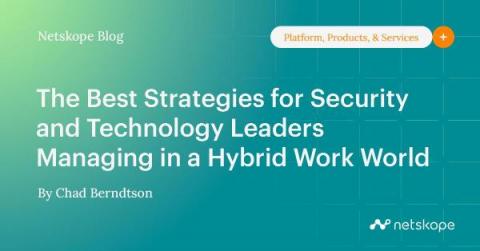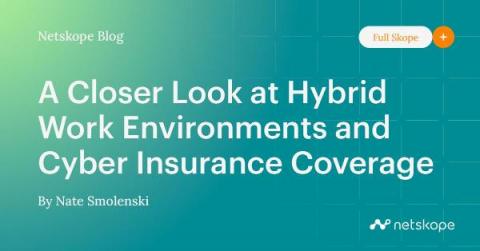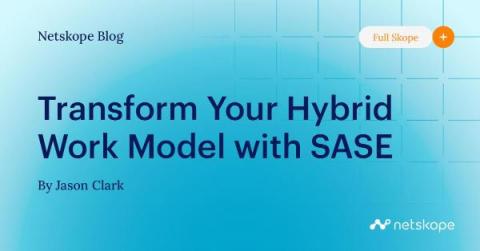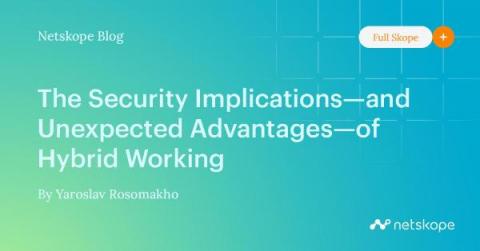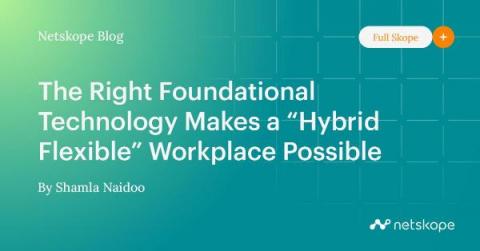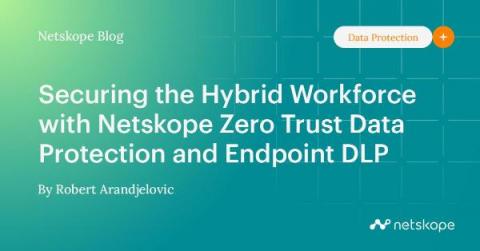The Best Strategies for Security and Technology Leaders Managing in a Hybrid Work World
It should come as no surprise to anyone who has lived through the last three years that the way we work has changed drastically. The onset of the COVID-19 pandemic forced organizations to figure out how to better enable their employees to work from home securely and easily. The result was an acceleration of trends that were already underway. Work is now hybrid, and adaptability and flexibility continue to be key requirements for organizations working to secure a distributed hybrid workforce.


